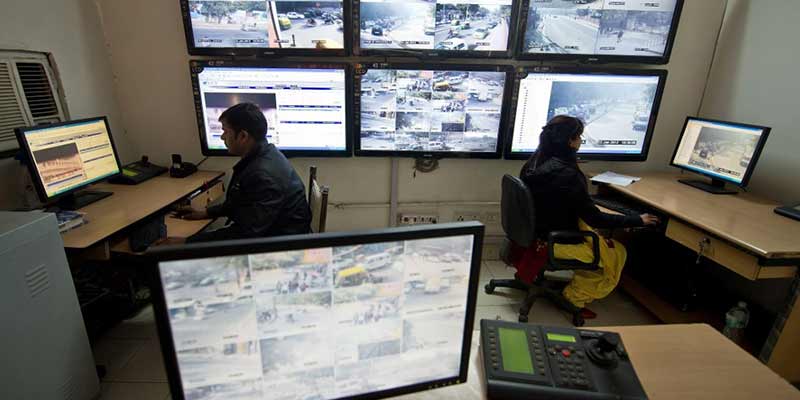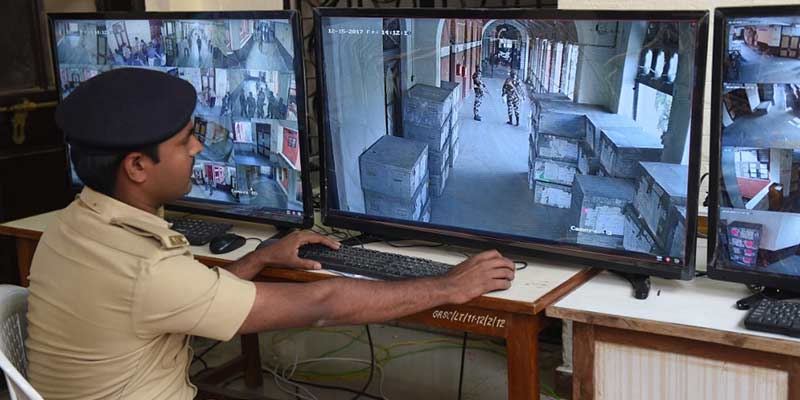- India
- Dec 19
- Kevin Savio Antony
All 17,130 police stations in the country linked through CCTNS
• After nearly 15 years since its inception, all 17,130 police stations across India are now linked through the Crime and Criminal Tracking Network and Systems (CCTNS), a centralised online platform that streamlines the filing of First Information Reports (FIRs), chargesheets, and investigation reports.
• This achievement marks a milestone in modernising India’s law enforcement infrastructure.
• The completion of the integration, including the last 40 police stations in Manipur, Nagaland, Bihar, Jharkhand, West Bengal, Lakshadweep, and Odisha, ensures 100 per cent CCTNS deployment across all 28 states and eight Union Territories.
• A senior government official highlighted that police stations now register all FIRs through this system, enhancing the efficiency and transparency of criminal investigations.
Evolution of CCTNS
• The Crime and Criminal Tracking Network and Systems (CCTNS) is a landmark initiative by the Ministry of Home Affairs (MHA), conceptualised under the National e-Governance Plan (NeGP) and implemented as a Mission Mode Project (MMP) since 2009.
• The project aims to modernise India’s policing system by creating a comprehensive and integrated platform to enhance efficiency, effectiveness, and citizen-centric services at the police station level across the country.
Key Features and Objectives:
1) Integrated System for Policing
• Establishes a unified platform to interlink all police stations under a common application software.
• Enhances the investigation process, data analytics, research, policymaking, and citizen services.
2) Citizen-Centric Services
• Enables citizens to report and track complaints.
• Facilitates requests for police verification, such as for employment or tenant antecedents.
3) Data Accessibility
• Ensures seamless access to crime and criminal records across police stations nationwide.
Primary Objectives
• Citizen-Friendly and Transparent Policing: Automates the functioning of police stations to make services more accessible and transparent.
• Enhanced Service Delivery: Leverages ICT to improve citizen-oriented services.
• Support for Crime Investigation: Equips investigating officers with advanced tools, technology, and data for efficient crime detection.
• Operational Improvements: Facilitates better functioning in law and order, traffic management, and other police operations.
• Inter-Agency Collaboration: Promotes information sharing between police stations, districts, and state/UT headquarters.
• Efficient Management: Provides senior police officers with better tools for resource and force management.
• Monitoring and Record-Keeping: Tracks case progress, including updates from courts. Reduces manual and redundant record-keeping processes.
Implementation Framework
The project is implemented through collaboration between the states and the Union government, with the National Crime Records Bureau (NCRB) serving as the central nodal agency responsible for its management.
Significance of CCTNS
• Policing Transformation: Revolutionises traditional policing methods by integrating technology and automating processes.
• Transparency and Accountability: Enhances public trust by making police operations more transparent.
• Efficiency in Justice Delivery: Facilitates faster and more accurate investigations, contributing to timely justice.
• Strengthening National Security: Provides law enforcement with a robust mechanism to track and analyze criminal activities across the country.
• Foundation for ICJS: Forms the base for the Integrated Criminal Justice System (ICJS), which links the police with courts, prisons, prosecution, and forensic agencies.
(The author is a trainer for Civil Services aspirants.)


